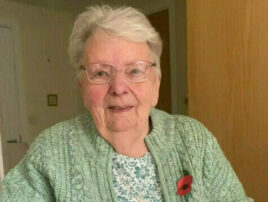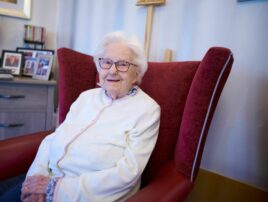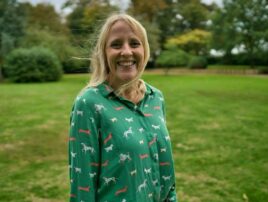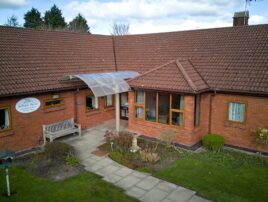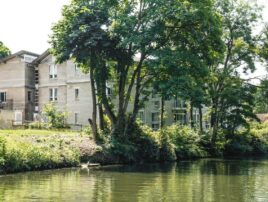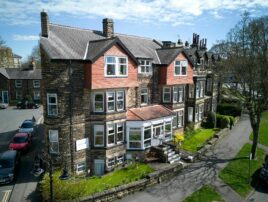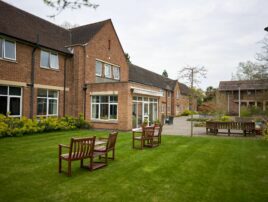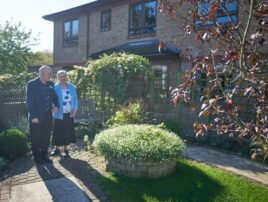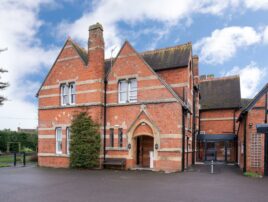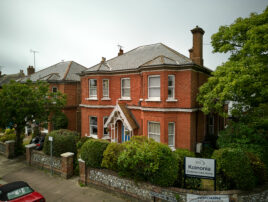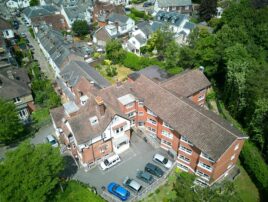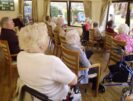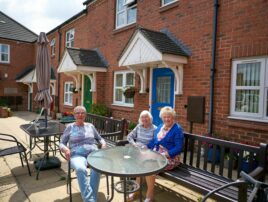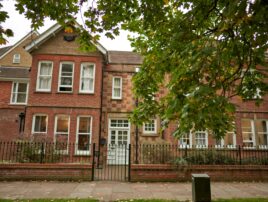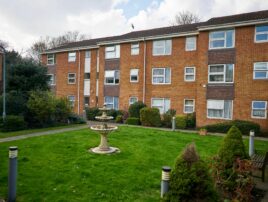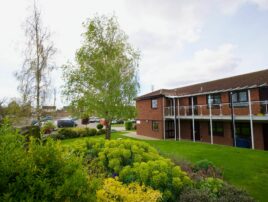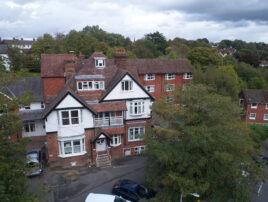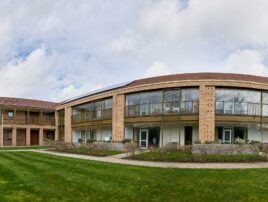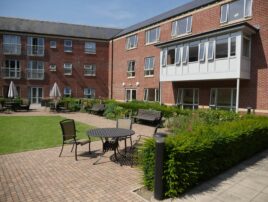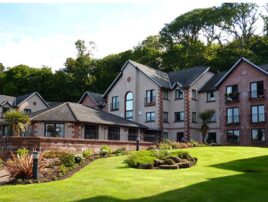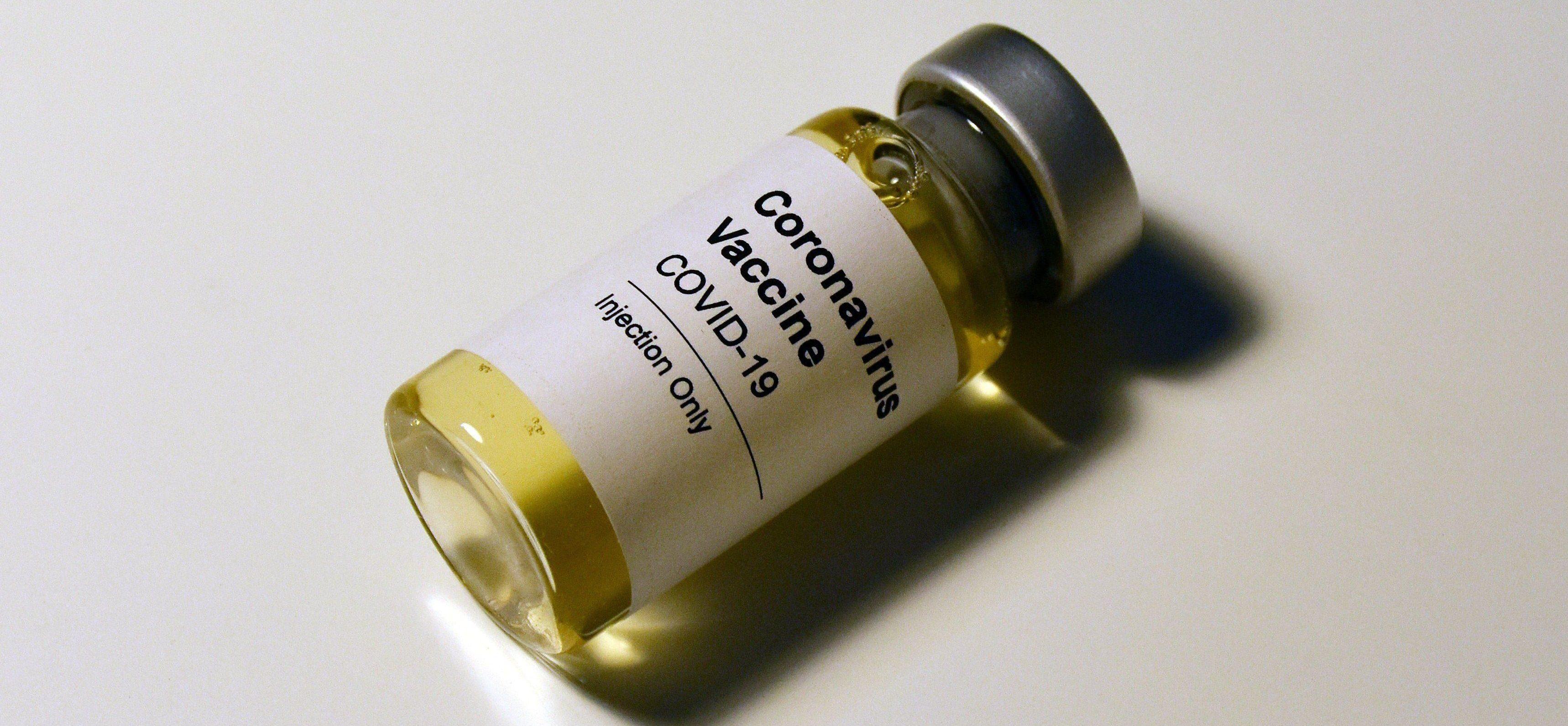
Friday 22nd January 2021
Older people can tell the hesitant that vaccines work
Louise Morse
Throughout the Covid pandemic older people have been portrayed as vulnerable, needing to be sheltered, and passive recipients of care.
But most are far from passive – they are caring for a frail spouse or family member, many with dementia. Now that a surprising number of people are rejecting the vaccine and even the evidence of the effects of the coronavirus, they have another valuable role, reassuring them that the Covid-19 vaccine is safe and will help end the pandemic.
Older people remember how vaccines have changed the world. In the 1950s polio was commonplace, and many children died or were left crippled by it, but it was ended by the Salk vaccine. Smallpox, another killer, was eliminated by a vaccine, and tuberculosis by the BCG vaccine. Bacterial infections that could lead to amputation of infected limbs and death are prevented by the meningococcal vaccine, and another vaccine protects against different types of disease including meningitis, and pneumonia. There are others, too. I wonder the government doesn’t make commercials and advertisements with older people saying all this.
If you are a senior and you know people who do not want to be vaccinated or comply with social distancing, tell them about Eyam, the village in Derbyshire that isolated itself and stopped the ‘black death’ plague spreading northwards. In the 16th century the bubonic plague was spreading throughout Britain, working its way outwards from London, the main trading centre. It arrived at the little village of Eyam, in Derbyshire, home to 350 people, in a parcel of material the village tailor received from his supplier in London, which contained fleas. Within a week the tailor was dead, and a few weeks later another 28 had died. The villagers were thinking of escaping to the nearby city of Sheffield, but the church Rector, William Mompesson, persuaded them against it, fearing they might spread the plague to the north of England, which had largely escaped the worst of it.
The village decided to cut itself off from the outside world: quarantining themselves even though they knew it would mean death for many of them. Food supplies were left by outsiders at the village boundary, and cash in payment was put in a water trough filled with vinegar to sterilise the coins. In this way, Eyam was not left to starve to death, though plague continued to devastate the village. William Mompesson buried his own family in the churchyard, though he himself survived. By the time the plague ended in November 1666, the little village had lost 260 of their 350 people, but their sacrifice saved many thousands of lives in the north of England.

